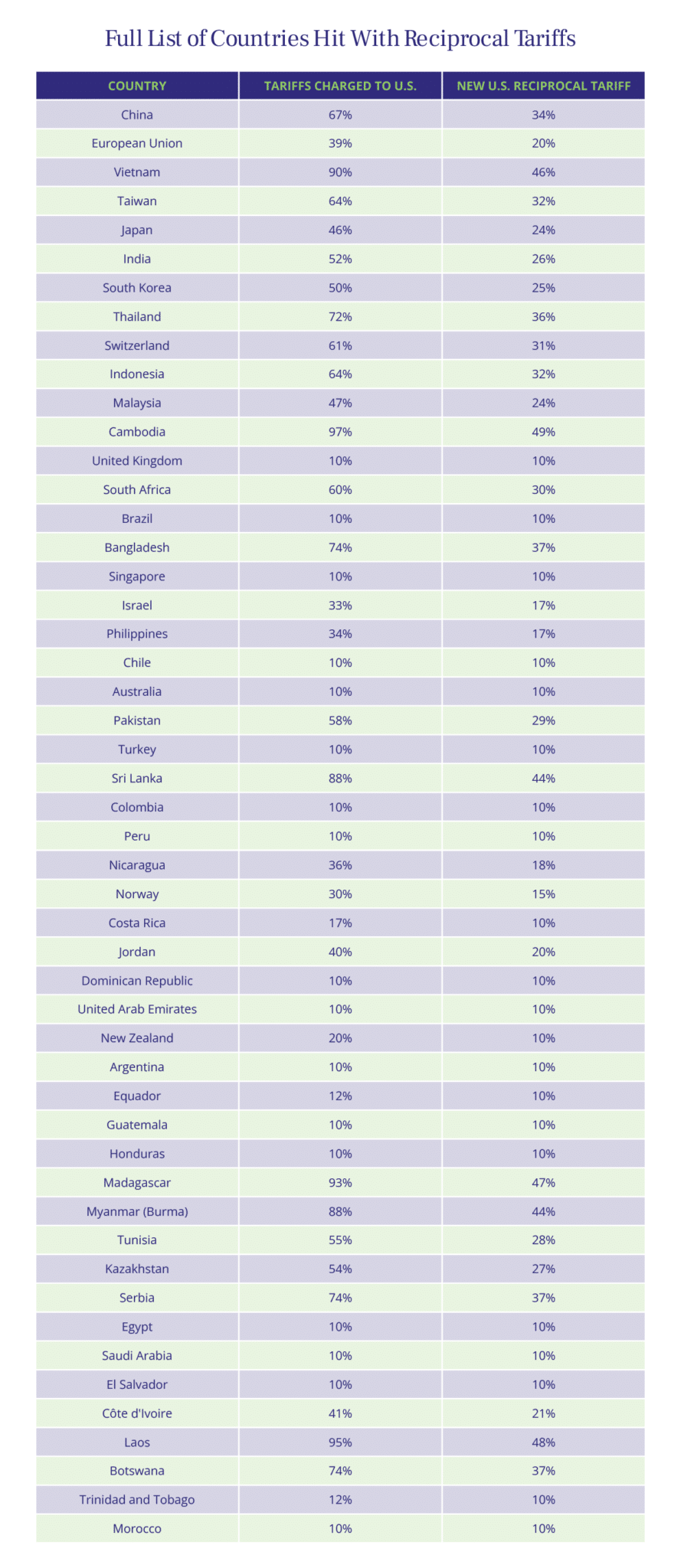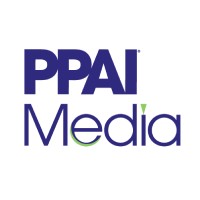UPDATE: On Thursday, the White House clarified that the 125% tariff, which President Donald Trump went through with, doesn’t include the 20% fentanyl tariffs from February and March, bringing the actual total to 145%. On Friday, China responded by raising tariffs on U.S. goods to 125%.
The Chinese government added that since, at the current tariff level, U.S. exports to China are “no longer commercially viable,” the country won’t respond to any further tariff hikes by the U.S.
In a Truth Social post on Wednesday, President Donald Trump announced a 90-day pause on reciprocal tariffs for countries who haven’t retaliated against the United States.
- As a result, the president has lowered tariff rates to 10% on imports from most countries.
However, Trump has raised tariffs on China to a total of 125%, effectively immediately. The announcement comes on the heels of China’s finance ministry vowing to impose 84% tariffs on U.S. goods starting Thursday, April 10, in response to Trump raising tariffs on China to 104%.
“At some point, hopefully in the near future, China will realize that the days of ripping off the U.S.A., and other countries, is no longer sustainable or acceptable,” Trump wrote.
Scott Bessent and I sat with the President while he wrote one of the most extraordinary Truth posts of his Presidency. The world is ready to work with President Trump to fix global trade, and China has chosen the opposite direction. pic.twitter.com/wNvg8NBnSR
— Howard Lutnick (@howardlutnick) April 9, 2025
Trump’s Truth Social post credited his decision to pause the full effect of tariffs on the fact that “more than 75 countries” have contacted U.S. officials “to negotiate a solution” to trade concerns stemming from the reciprocal tariffs.
Tariff Roller Coaster
The announcement comes one week after Trump signed an executive order enacting global reciprocal tariffs, claiming, “it’s our declaration of economic independence.”
RELATED: Early Tariff Data: Most PPAI 100 Companies Tweak Strategies
The order represents a significant shift in U.S. trade policy and has already had wide-ranging implications across markets, supply chains and sectors critical to the promotional products industry.
- Under the order, Trump imposed a 10% tariff on all imports into the U.S. and higher tariffs were charged against roughly 60 countries that levy higher rates on the U.S.
- Below is the original full list of tariffs, which will apply as stated after the 90-day pause has expired.

According to the White House, the president is invoking his authority under the International Emergency Economic Powers Act of 1977 to address the “national emergency posed by the large and persistent trade deficit that is driven by the absence of reciprocity in our trade relationships and other harmful policies like currency manipulation and exorbitant value-added taxes perpetuated by other countries.”
Trump based the reciprocal tariff rates on how much other countries tax U.S. exports, “including currency manipulation and trade barriers,” NBC News reported. The White House told reporters those numbers were calculated by the Council of Economic Advisors, headed by Stephen Miran.
- Trump also signed an executive order closing the de minimis loophole that allows duty-free shipments of Chinese goods worth less than $800.
PPAI’s Stance
Tariffs are one of the issues that PPAI members and staff discussed with members of Congress during PPAI’s Legislative Education and Action Day in Washington, D.C., this week.
- Items sourced into the U.S. will likely experience price increases, with some of the additional costs expected to be assumed by suppliers and distributors, and more being passed along to end buyers.
PPAI has long supported free trade. Serving members of all political stripes, the Association recognizes the need for policies that strengthen the U.S. economy and support domestic manufacturing. However, any measures – including tariffs – must be implemented strategically to minimize short-term economic disruption while setting the stage for long-term growth.

Drew Holmgreen
President/CEO, PPAI
Abrupt cost increases impact businesses of all sizes, from small distributors to global suppliers, ultimately affecting jobs, investment and product pricing throughout our industry.
“We advocate for a thoughtful approach – one that balances economic goals with the realities of supply chain dynamics,” says Drew Holmgreen, president and CEO of PPAI. “With support from our lobbying partners in Washington, we are in ongoing conversations with industry volunteers, trade groups and policymakers with the goal to ensure that any trade policies consider the full scope of their impact and allow businesses time to adapt.”
For questions or suggestions on regulatory or government affairs issues, please contact Rachel Zoch at RachelZ@ppai.org.


